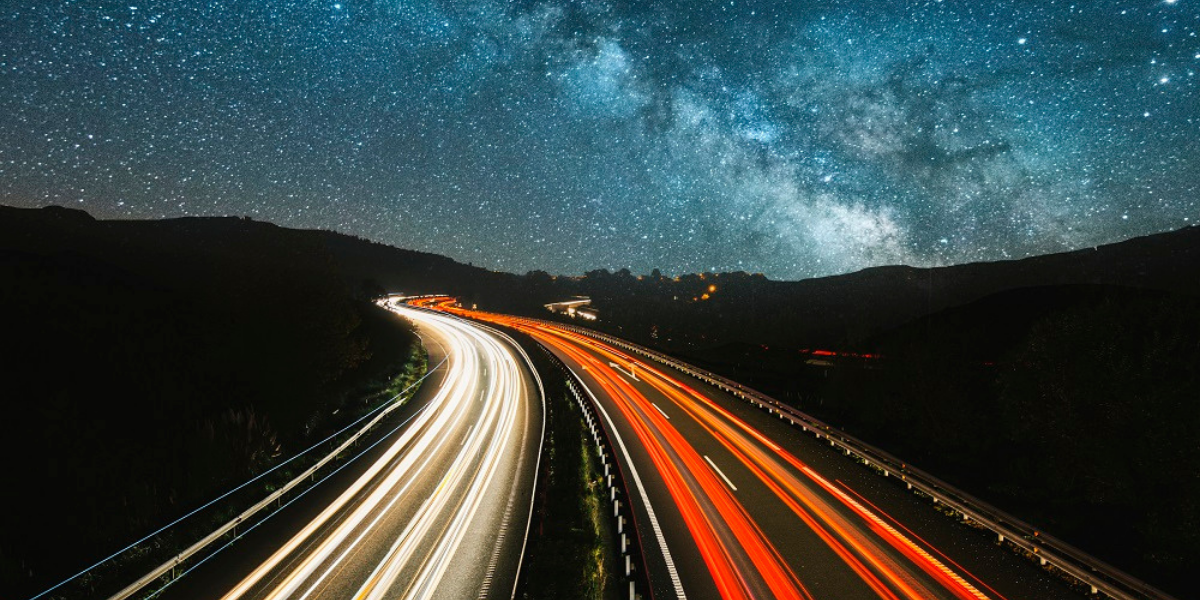Outdoor Lighting Basics to Prevent Light Pollution

Modern society requires outdoor lighting for a variety of needs, including safety and commerce. It should be advocated that any required lighting be used wisely. To minimize the harmful effects of light pollution, lighting should
Only be on when needed.
Only light the area that needs it.
Be no brighter than necessary.
Minimize blue light emissions.
Eliminate upward-directed light.
Types of Light
Most people are familiar with incandescent or compact fluorescent bulbs for indoor lighting, but outdoor lighting usually makes use of different, more industrial sources of light. Common light sources include low-pressure sodium (“LPS”), high-pressure sodium (“HPS”), metal halide, and, most recently, light emitting diodes (“LEDs”).
LPS is an old technology that is no longer being manufactured. It was favored for use around observatories and some environmentally sensitive areas. Narrow-band amber LEDs emulate the color.
HPS is commonly used for street lighting in many cities. Although it still emits an orange-colored light, its coloring is more “true to life” than that of LPS.
In areas where it’s necessary to use white light, two common choices are metal halide and LEDs. One of the advantages of LED lighting is that it can be dimmed. Thus, instead of always lighting an empty street or parking lot at full brightness, LEDs can be turned down or off when they aren’t needed and then brought back to full brightness as necessary. This feature both saves on energy and reduces light pollution during the night.
Because of their reported long life and energy efficiency, LEDs are rapidly coming into widespread use, replacing the existing lighting in many cities. However, there are important issues to consider when making such a conversion.
Color Matters
It is crucial to control upward-directed light, but we now know that the color of light is also very important. Both LED, and metal halide fixtures contain large amounts of blue light in their spectrum. Because blue light brightens the night sky more than any other color of light, it’s important to minimize the amount emitted. Exposure to blue light at night has also been shown to harm human health and endanger wildlife. It is recommended using lighting that has a color temperature of no more than 3000 Kelvins.
Lighting with lower color temperatures has less blue in its spectrum and is referred to as being “warm.” Higher color temperature sources of light are rich in blue light. Only warm light sources should be used for outdoor lighting. This includes HPS and low-color-temperature LEDs. In some areas, the white light of even a low-color-temperature LED can be a threat to the local nighttime environment. In those cases, narrow-spectrum amber LEDs are the preferred choice.
Source: https://www.darksky.org/


 TR
TR EN
EN